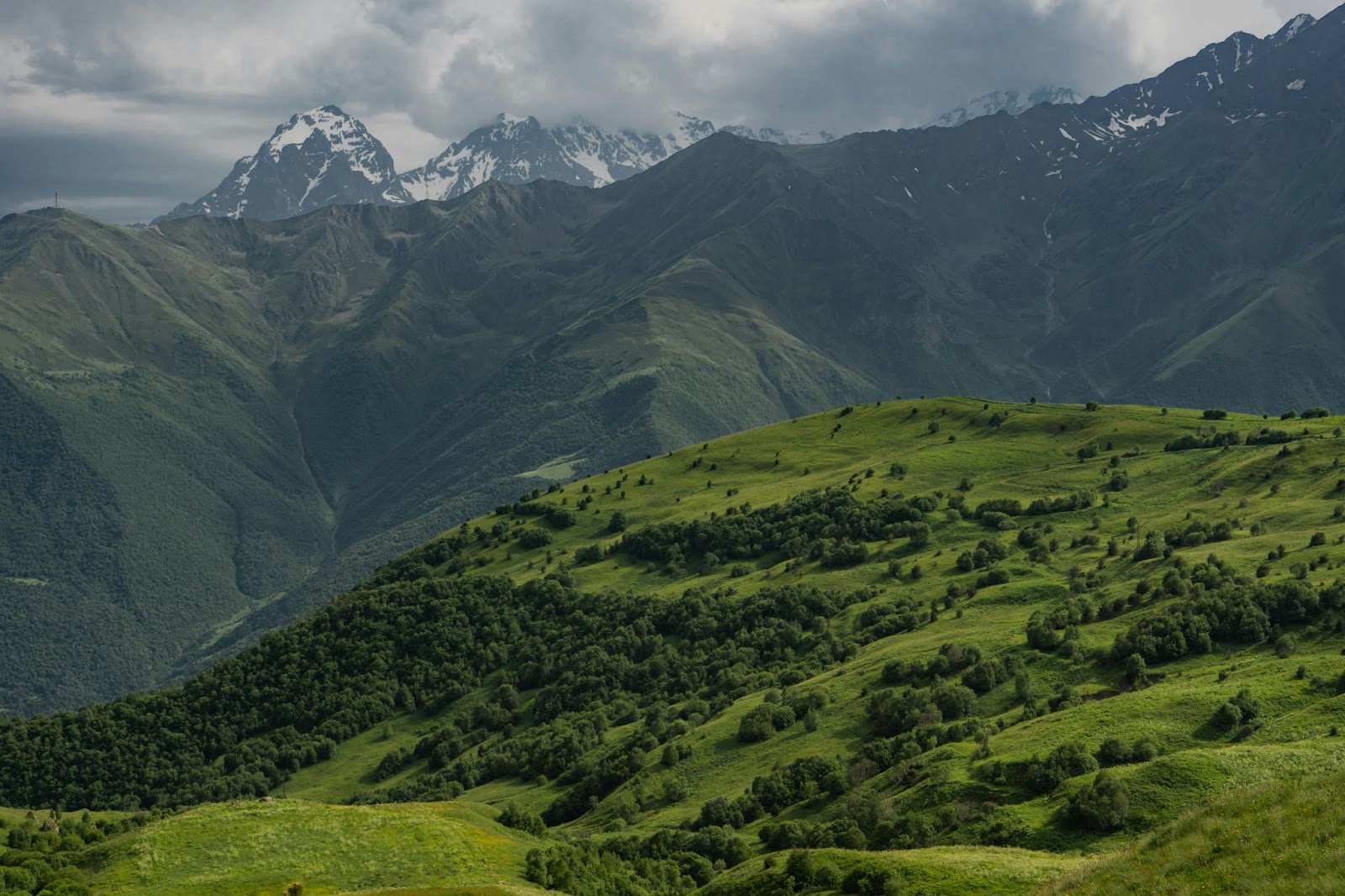Mount Everest stands as the pinnacle of Earth’s natural wonders, towering majestically in the heart of the Himalayas. As the tallest mountain in the world, Everest captivates the imagination and beckons adventurers and explorers from around the globe. This article delves into the awe-inspiring dimensions, geographical significance, cultural allure, and challenges associated with scaling this legendary peak.
Geological and Geographical Overview
Situated on the border between Nepal and Tibet (China), Mount Everest is part of the greater Himalayan range, known for its formidable peaks and rugged terrain. The mountain itself is a part of the Mahalangur Himal sub-range and is composed primarily of sedimentary and metamorphic rock formations, including limestone, marble, and shale, which were once submerged beneath the ancient Tethys Sea.
Dimensions and Measurements
Measured at 8,848.86 meters (29,031.7 feet) above sea level, Everest stands as the world’s highest point above sea level. This towering elevation was first calculated and confirmed by a survey conducted in 1955 by an Indian Survey team led by Sir George Everest, after whom the peak was named. The measurement includes the highest snow and ice-covered peak, with varying estimates due to shifting ice caps and geological changes over time.
Formation and Age
Mount Everest, along with the entire Himalayan range, formed as a result of the collision between the Indian tectonic plate and the Eurasian plate millions of years ago. This ongoing collision continues to push Everest skyward at a rate of approximately 4 mm (0.16 inches) per year, contributing to its dynamic geological and geographical profile.
Cultural and Historical Significance
Beyond its geological dimensions, Mount Everest holds profound cultural and spiritual significance for the peoples of Nepal and Tibet. Known as “Sagarmatha” in Nepali and “Chomolungma” in Tibetan, both names translate to “Goddess Mother of the World,” reflecting the reverence and spiritual connection these cultures hold for the mountain.
Indigenous Peoples and Traditions
The Sherpa people of Nepal, renowned for their mountaineering prowess and resilience at high altitudes, have lived in the shadow of Everest for centuries. They have developed a rich cultural heritage intertwined with the mountain, including traditional beliefs about its spiritual guardianship and the dangers posed by its unpredictable weather and terrain.
Exploration and Expeditions
The allure of Everest as the world’s highest peak has drawn adventurers and explorers since the early 20th century. Sir Edmund Hillary of New Zealand and Tenzing Norgay, a Sherpa of Nepal, achieved international acclaim in 1953 as the first climbers to successfully reach Everest’s summit. Their historic ascent marked a watershed moment in mountaineering history and opened the door to subsequent expeditions and conquests of the mountain.
Environmental and Ecological Impact
As Everest’s fame grew, so did the challenges associated with managing its environmental impact. The influx of climbers, support teams, and tourists has placed immense pressure on the fragile ecosystems of the Himalayas. Issues such as waste management, glacier retreat, and climate change effects are increasingly significant concerns that require careful management and sustainable practices from all stakeholders involved in mountaineering and tourism activities.
Challenges of Climbing Mount Everest
Climbing Everest presents a formidable challenge even to seasoned mountaineers due to its extreme altitude, unpredictable weather patterns, and technical difficulties. The ascent typically involves multiple camps at increasingly higher altitudes, with climbers acclimatizing to reduced oxygen levels and severe cold temperatures.
Altitude and Acclimatization
Altitude sickness, caused by the reduced oxygen levels at higher elevations, poses a significant health risk to climbers attempting Everest. Acclimatization, or the gradual adjustment of the body to the thin air, is crucial to prevent potentially life-threatening conditions such as pulmonary edema or cerebral edema.
Also Read: The perfect Best Cradle Ceremony Cards
Climbing Routes and Challenges
Several routes lead to Everest’s summit, each presenting unique challenges and risks. The Southeast Ridge route from Nepal and the North Ridge route from Tibet are the most commonly used routes, characterized by steep ice slopes, crevasses, and the treacherous Khumbu Icefall on the Nepali side.
Weather and Climbing Season
The weather on Everest is notoriously unpredictable and can change rapidly, posing additional challenges to climbers. The climbing season typically occurs during the spring (April-May) and autumn (September-October) when weather conditions are relatively stable, allowing for safer ascents.
Conservation Efforts and Future Sustainability
As awareness of environmental impacts grows, efforts are underway to promote sustainable practices in Everest’s management. Initiatives include waste management programs, restrictions on climbing permits, and partnerships with local communities to preserve the mountain’s natural and cultural heritage for future generations.
Scientific Research and Monitoring
Mount Everest serves as a valuable natural laboratory for scientific research on climate change, high-altitude physiology, and geology. Ongoing monitoring programs track changes in glacier dynamics, weather patterns, and biodiversity to better understand the mountain’s ecological resilience and vulnerabilities.
Community Engagement and Education
Engaging local communities in conservation efforts and promoting responsible tourism practices are essential to safeguarding Everest’s fragile ecosystems and cultural heritage. Education initiatives raise awareness among climbers, tourists, and local residents about the importance of sustainable development and environmental stewardship in the Himalayan region.
Conclusion
Mount Everest stands as a testament to human ambition, endurance, and the enduring allure of Earth’s highest peaks. From its geological formation millions of years ago to the modern-day challenges of climbing and conservation, Everest continues to captivate and inspire explorers, scientists, and adventurers alike. As we strive to balance exploration with environmental stewardship, the preservation of Everest’s natural and cultural heritage remains paramount. By fostering a deeper understanding of Everest’s significance and embracing sustainable practices, we can ensure that future generations continue to marvel at this iconic mountain and its place in our planet’s natural history.
visit to : The Psychology Behind Congratulations Cards in Offices
